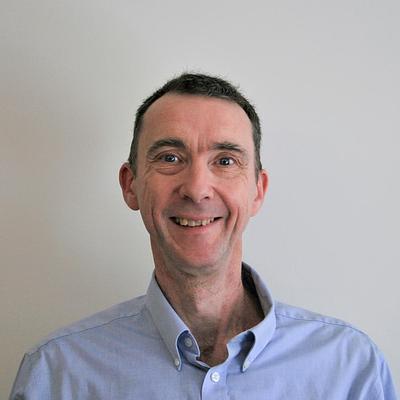Summary
The paper presents a discussion of source body migration as a method of converting gravity gradiometer survey measurements to a three dimensional density image. At the core of the method is the concept of upward continuation of density, which due to the non-uniqueness of potential field data does not change the observed field values. The workflow uses a combined iterative process of source body migration followed by density continuation and is demonstrated using a simulated gravity gradiometer survey data set generated using the SEG SEAM salt body model.
The process used to invert for the salt density has two parts. First, source body migration, an iterative imaging method is used to generate the initial mass distribution. This mass is then redistributed by upward continuation so as to conform to the imposed constraints. The images produced are accurate in many places but fall short in others. Further research to handle the change in the sign of the density contrast and different imaging methods to drive locating and shape of the sources is ongoing. The results demonstrate that the density distribution was transformed into one that obeys the given constraints; this is shown by imaging a salt body model using a set of simulated gravity gradient survey measurements. These results were not intended to be compared to those that can be achieved using large scale regularized optimization methods that require significant computing resources. The goal, successfully demonstrated, was to improve on what can be done using other methods of rapid imaging or depth estimation
Key Takeaways
- An algorithm has been developed that bridges the gap between compute intensive rigorous inversions and rapid imaging techniques.
- The algorithm produced images that were accurate in many places although fell short in others; possibly due to edge effects of the simulated gravity gradient data set derived from the SEG SEAM model.
- The results demonstrate that the density distribution was transformed into one that obeys the given constraints;
- The goal, successfully demonstrated, was to improve on what can be done using other methods of rapid imaging or depth estimation.

